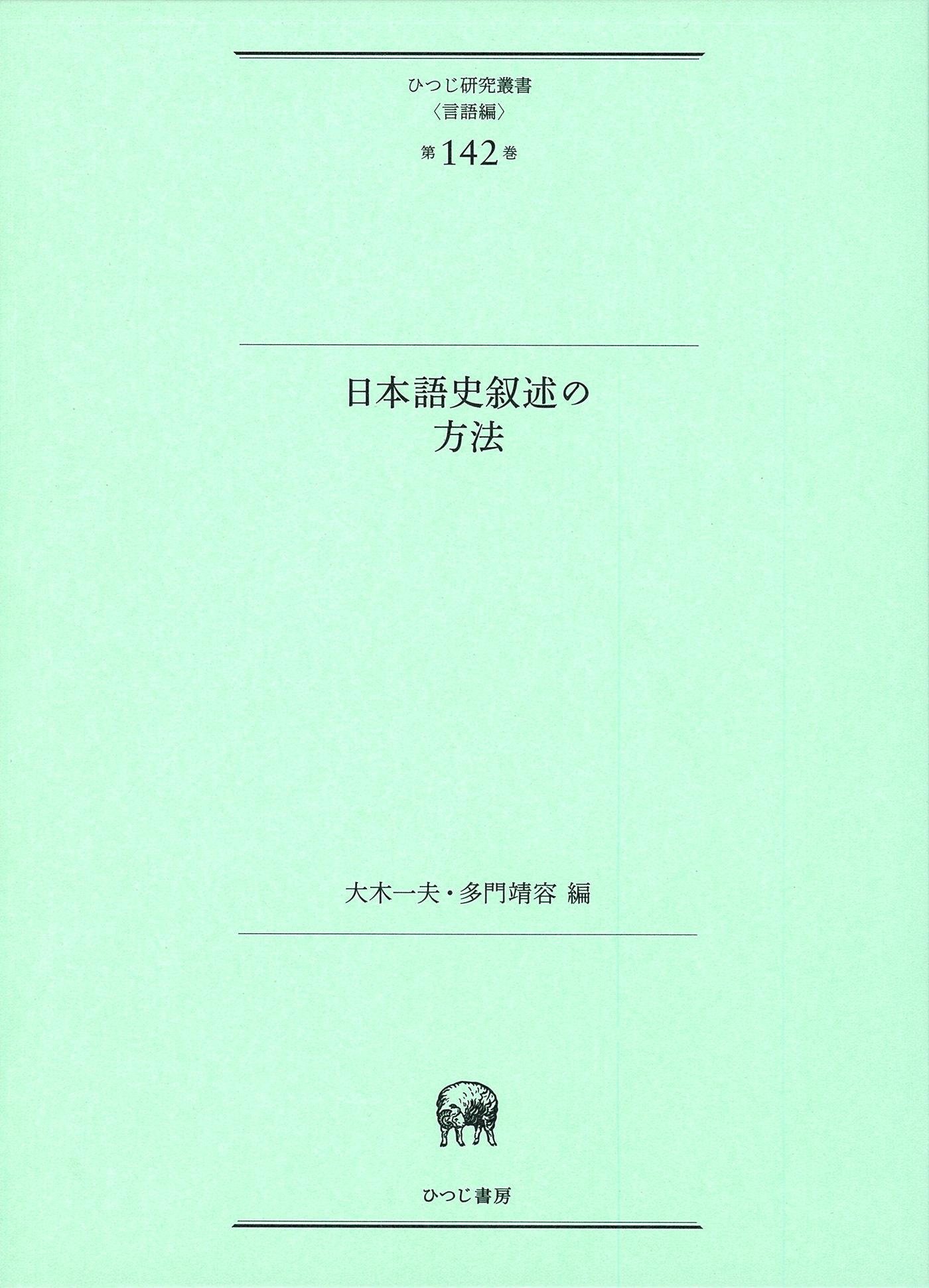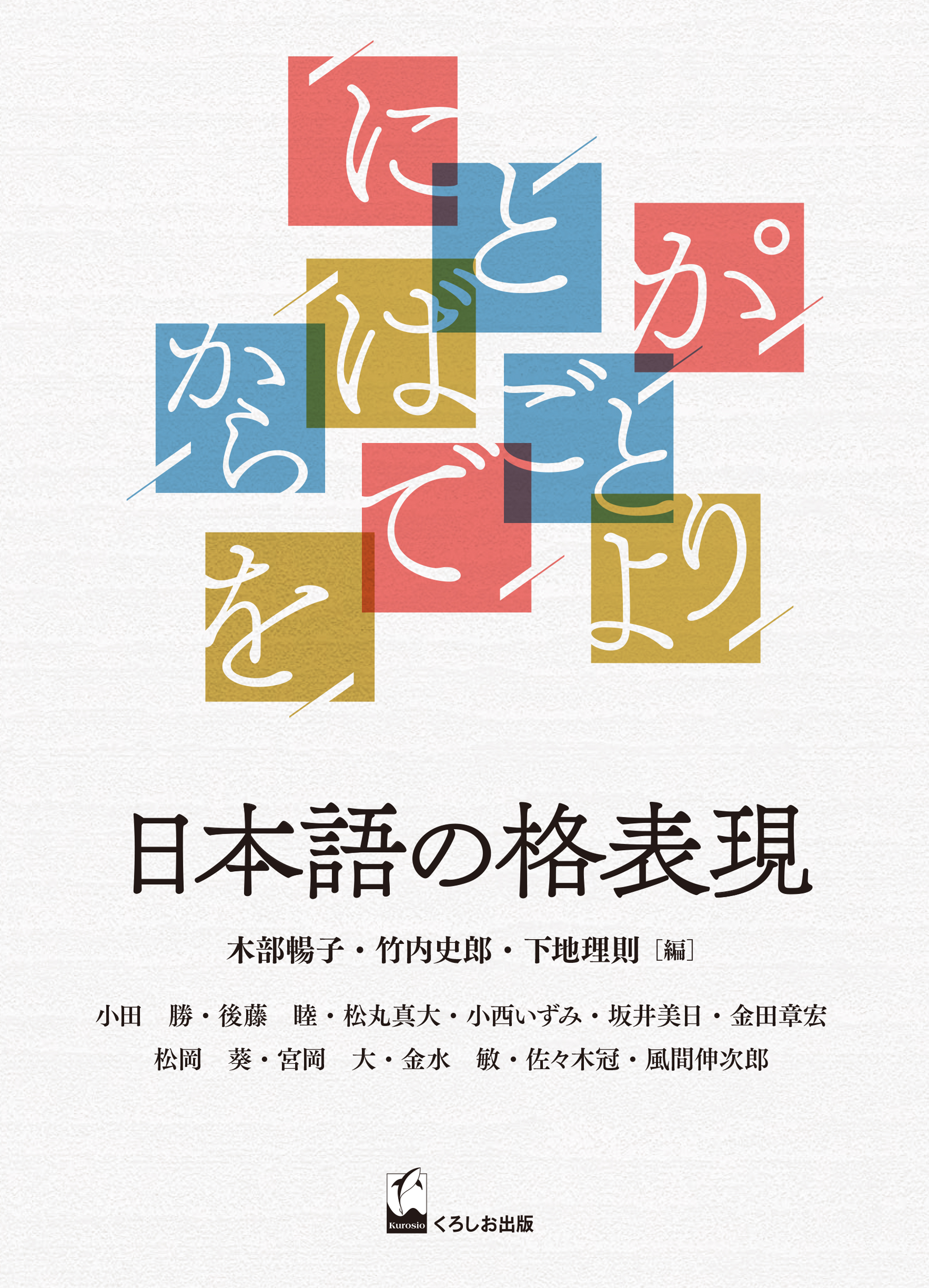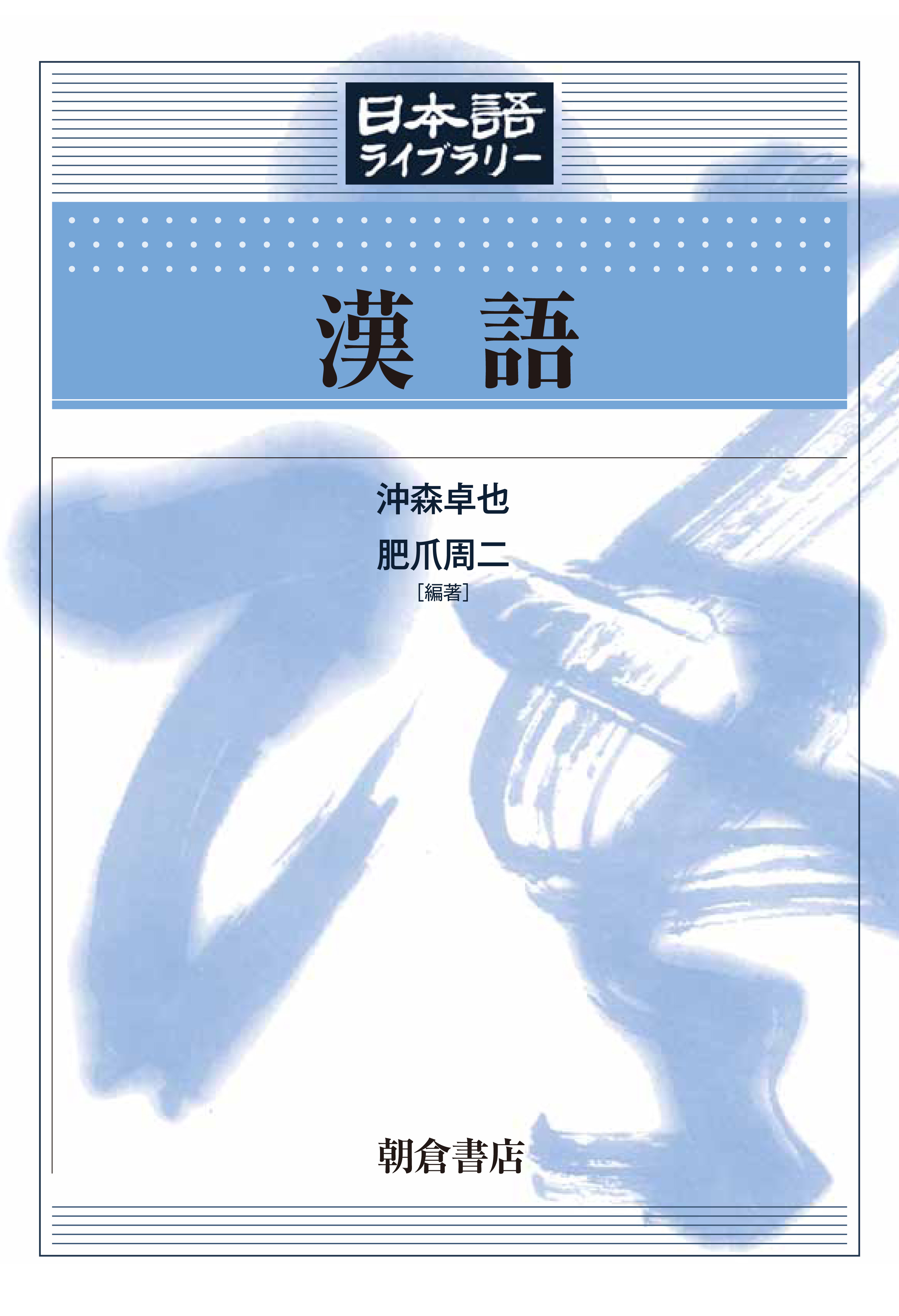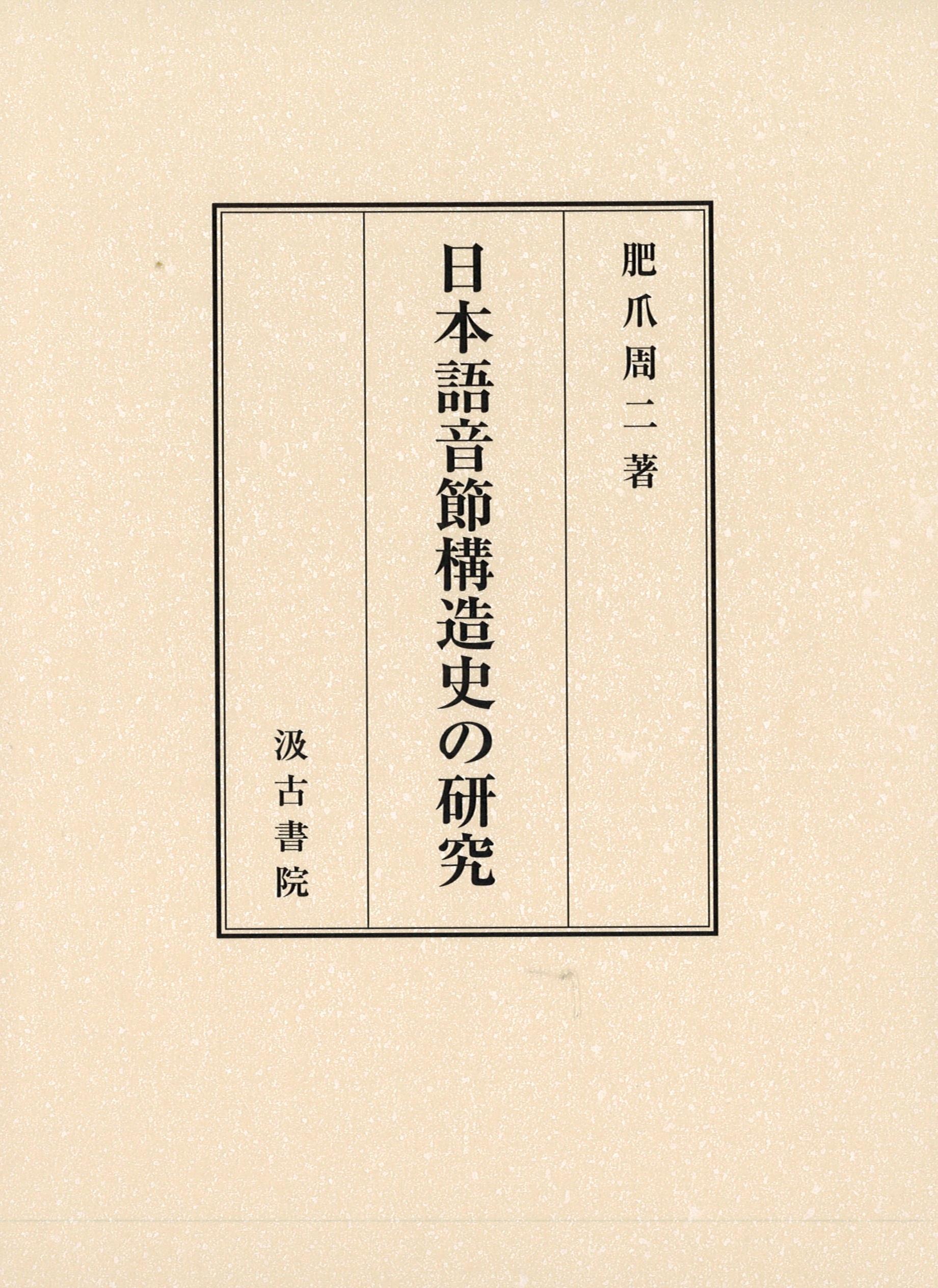
Title
Hituzi Research Series (Linguistics), Volume 142 Nihongo-shi Jojutsu-no Hōhō (Methods and Techniques for a Narrative History of the Japanese Language)
Size
A5 format, slipcase
Language
Japanese
Released
October, 2016
ISBN
978-4-89476-797-3
Published by
Hituzi Shobo
Book Info
See Book Availability at Library
Japanese Page
It is probably a situation common to historical research in the humanities that the unearthing of individual facts has for the most part been completed and research is entering the next stage. The field of the history of the Japanese language is no exception.
What, then, might this “next stage” be considered to involve in concrete terms? First, answering the question of “why” historical changes occurred, and also discovering ties linking individual facts and weaving a dynamic picture of history. Figuratively speaking, this means going beyond the history “displayed” in museums and delineating history in the manner of a film in which individual facts are linked in a series of movements.
It cannot be denied that in the case of the history of Japanese, as in many other disciplines, there was a period of stagnation after a “golden age” in which new language materials such as kunten materials, shōmono materials, and Christian sources were discovered and the principal phenomena of linguistic change were unearthed. But in recent years a new phase in research is starting to be opened up, in their respective fields, by predominantly mid-level and early-career researchers, and research on the history of Japanese is entering an “interesting” period.
During the former “golden age” of research on the history of Japanese, researchers defined the scope of their speciality by period, as in the language of the Nara period, Heian period, medieval period, or Edo period. This was because during the period of the unearthing of facts this was the most effective method for, among other things, gaining a thorough knowledge of the linguistic materials of a particular period. But today most researchers of the history of Japanese, if asked about their speciality, will answer that it is a particular field, such as the history of phonetics and phonology, the history of grammar, the history of the vocabulary, the history of written styles, or the history of the writing system. Even after this change in consciousness occurred, in some respects there continued for a time a situation in which researchers were intent on unearthing new facts and research that could be dismissed as “picking over the leavings” was produced in large quantities, and it was in this sense that mention was made above of a period of stagnation.
But this situation is finally changing. Many mid-level and early-career researchers are now engaged in their respective fields in elucidating the principles lying behind historical changes and the organic connections between these changes. This book was put together with a desire by researchers engaged in such research to reveal their research methods and encourage the further development of such research.
The basis of this book was a symposium held by the Society for Japanese Linguistics in October 2013. At this symposium, Hizume Shūji (Graduate School of Humanities and Sociology, The University of Tokyo), Aoki Hiroshi (Kyushu University), and Yada Tsutomu (Osaka University; now Graduate School of Arts and Sciences, The University of Tokyo), who specialize in the history of phonology, the history of grammar, and the history of the writing system, respectively, presented an overview of the methods and issues in delineating the history of Japanese in their respective fields. To their contributions have been added essays on the history of written styles and the history of the vocabulary, with contributions by at least two researchers in each field.
Languages contain many elements with disparate properties, and the manner in which these undergo historical changes is also varied. For example, the principles underlying the history of phonetics and phonology, which it is difficult for human intent to influence, differ considerably from those of the history of the writing system and orthography, which are born out of quite conscious behaviour. Herein lie both the difficulty and the appeal of studying the history of languages. The long-range objective is to integrate these and bring to completion a new “history of Japanese,” and I hope that this book will serve as a guide for researchers of the next generation who wish to tackle this task.
(Written by YADA Tsutomu, Associate Professor, Graduate School of Arts and Sciences / 2018)



 Find a book
Find a book




